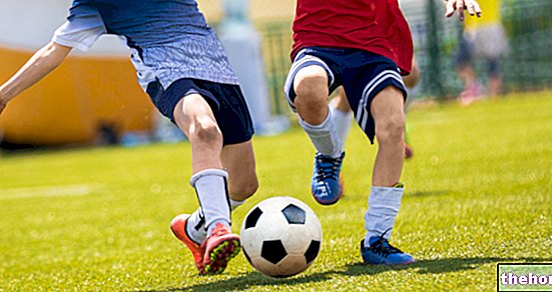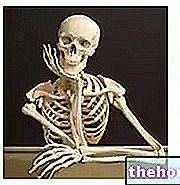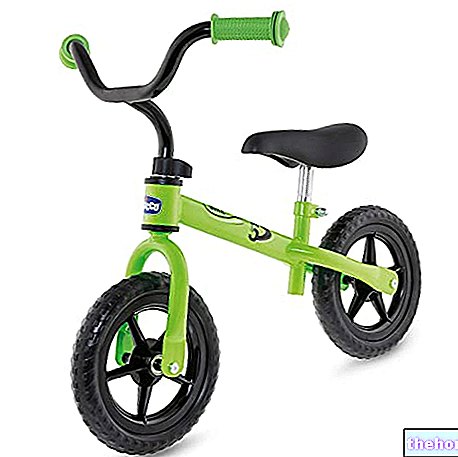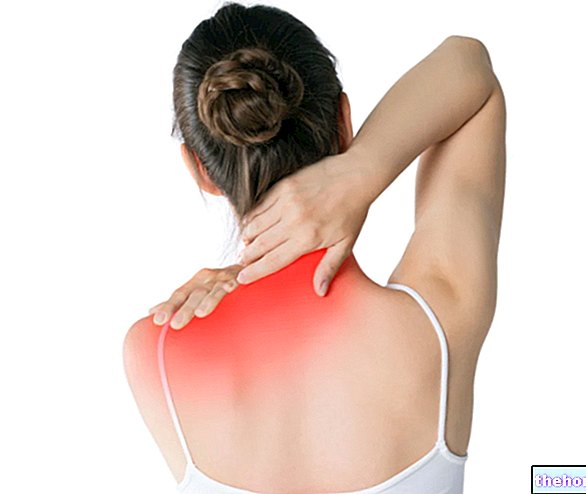Neuromuscular adaptations to the training of the elderly
As it is known, more and more elderly people go to gyms to recover their physical shape, or because they are under medical advice, or even more simply to socialize and have fun.
In this turn-over of customers who sign up and then suddenly flee the gyms, the statistics tell us that the elderly is the customer who is most able to retain loyalty, as long as the initial premises and promises are kept.
Training and reconditioning an elderly person, who has not trained for years or who has never trained, is a "far from easy" undertaking, both from a physical and psychological point of view.
Muscle strength reaches its peak between 25 and 30 years for almost all muscle groups, from the third decade onwards it decreases slowly, and after the sixth decade it decreases much more rapidly.
From the age of 30 onwards we witness a progressive slowing of the basal metabolism (MB) caused by a progressive reduction in Lean Mass, quantifiable in 450 g. the year, and from the consequent increase of the Fat Mass; obviously also the Total Body Water (TBW) decreases.
Neuromuscular factors associated with the "increase in age" and the decrease in the expression of strength:
- Change in resting hormone levels (T, IGFs, C, HGH)
- Abrupt and acute hormonal response to exercise
- Decrease of intramuscular energy substrates (ATP, CP)
- Decrease in the concentration of aerobic enzymes (CPK, PFK, LDH, MK, MATPase)
- Decrease in mitochondrial mass
- Denervation or death of muscle cells
- Decrease in muscle mass, in particular atrophy of FTF IIA, IIAB, IIC fibers
- Decreased ability to develop rapid strength
- Co-activation antagonist
- Modification in the ability to activate a muscle district in a maximal manner
- Modification in the neuromuscular junctions
- Decreased tolerance and sensitivity to insulin
- Clonic, tetanic and maximal decrease in the recruitment of Motor Units (MU)
- Decrease in bone mass (++ osteoclasts) in DEXA and MOC
The most recent research in the field of training physiology shows that physical activity can stop and even reverse the physiological decrease in performance in the elderly.
Strength gains of between 16% and 174% (!!!) were achieved in reconditioning in women and men between the ages of 60 and 98.

The primary adaptations to these modifications are due to neuroendocrine and subsequently myogenic factors with myofibrillar hypertrophy and hyperplasia.
Neurogenic adaptations include a large re-activation of the agonist musculature, an increase in coordination of the synergistic muscles, and a consequent reduction in the co-activation of the antagonists.
The neuroendocrine ones have an important increase in plasma testosterone, HGH (growth hormone) and endogenous IGFs, and a decrease in C (cortisol) at rest and during exercise.
Other studies have quantified a hypertrophic response to training in STF between 8% and 46% and in FTF between 5% and 43%, in both males and females.
Different researches have confirmed all these data, specifying however that individuals aged between 60 and 70 years have developed a hypertrophy more in FTF IIA and IIB than in older subjects.
Having said that, a question arises: how to best train the elderly ?!
On television, experienced doctors recommend training the elderly in an aerobic regime, ditto other specialists, etc.
But if, as we have seen, with the "advancing age" the decrease of the transverse section of the muscle occurs almost exclusively by the 2nd type FTF fibers, anaerobic etc..etc ... then why train an elderly person in an aerobic regime ?!
In reality, the elderly must be trained in an essentially anaerobic regime IF the aim is to improve body composition, increase MB, increase osteoblastic activity, increase strength and cross section of the muscle, improve tolerance to insulin and neuroendocrine as well as psychological improvements.
Aerobic training should NOT be prescribed if the objectives are those listed above, as we could highlight a worsening of the parameters described above and a consequent catabolism if the diet is not balanced.
In addition, increasing the activity of STFs would decrease that of FTFs even more.
Exercise prescription
Objective: FTF reconditioning
Warm-Up
- SERIES: 2-3
- INITIAL REPS: 10-15
- PROGRESSING REPS: 8-12
- % 1RM: 50-70%, in some cases even 75% (see: ceiling clacle)
- SERIES RECOVERY: 2-3 "to 90" "or 60% HRmax
- TYPE OF EXERCISE: multi-joint at the beginning and in progression also mono-joint in closed chain
- ROM: subjective in relation to posture
- AVOID VALSALVA
- FRACTIONAL TRAINING: in cases where morning and afternoon training is required
- WEEKLY FREQUENCY: 3die / week
Cool Down
In addition (or as a replacement if the subject cannot train), the vibratory system can be used by prescribing physical activity preferably with the N.E.M.E.S.® Bosco System.
GOOD JOB!
Bibliography:
-Moritani T, De Vries Ha: potential for gross muscle Hypertrophy in older men. J Gerontol 35: 672-682, 1980
- ACSM's Clinical Certification Review
-ISSA "s Fitness the Complete Guide, Ed.Club Leonardo
-ACSM "s Resource Manual for Guidelines for Exercise Testing and Prescription
-Komi PV, ed: Strength and Power in Sport: the Encyclopedia of Sports medicine. Oxford, UK: Blackwell Scientific, 2003
Related articles: Physical activity and sport in old age
Seniors and fitness




























